There is a very big difference between trends and fads. Trends are influential, they matter, they are here to stay. Fads show up, maybe boost your conversions and leads for a month, but that’s about it. This article is about trends, about things we believe that will truly influence website design for 2019. Now, whether you like it or not, you need to hold onto to trends. What is regular design practice today, something basic and mundane the lack of which makes your website look amateurish, was once a budding trend. So, if you want to get an edge over the competition, if you want to avoid stagnating, you want to always hold your ear to the ground. Below are some trends we expect will be relevant for eCommerce website design for the year 2019.
Ambient Design
Many new trends are coming up thanks to better technology (as most things do today). However, the other reason is simply the fact that staring into the screen is now a ubiquitous facet of life, one that can be found in almost any profession in the developed world.
Now, this all leads to a style we believe will be important in 2019. Namely, the ambient design is just that – the actual design of a website, anything from the style, to the background, may change based on the certain external factor. Things like a website changing its look due to the time of day, or the weather. An excellent example of this can be seen in Apple’s newest Mojave operating system. Namely, they implemented shifting desktops that change as the time of day changes. Remember, humans are visual creatures. We expect evolution and further integration of this visual feature into websites quite soon.
Integration and Flexibility
![]() Going back to the notion of technology advancing and improving web design, we reach a new level of flexibility. Before, you had to work around certain browser functions, to hack systems and to hack at them. You had to figure out a creative workaround to get creative results, and while we believe that said workarounds will remain an intrinsic part of web design, more and more flexibility is coming at our doorsteps.
Going back to the notion of technology advancing and improving web design, we reach a new level of flexibility. Before, you had to work around certain browser functions, to hack systems and to hack at them. You had to figure out a creative workaround to get creative results, and while we believe that said workarounds will remain an intrinsic part of web design, more and more flexibility is coming at our doorsteps.
Professional web designers from Hopping Mad tell us that you can now use tools and properties outside the scope of the limitations of browsers. In other words, there is a host of web layout tools that gives you much more control over your website design. You can fine tune what you want, you get a greater pool of ideas to work with and the means to integrate them.
Focus on Depth, not Style
The difference between a generic and a unique website (that’s functional) is very subtle. Or rather, the impact is immediate, but the reason behind why one is better than the other is hard to pinpoint. We immediately notice when an aesthetic is just copied when the design is just skin deep, plastered over a run-of-the-mill mass-produced website. Now, this can be caused by laziness and a lack of talent by the designer (or perhaps the client just not caring). However, it can also be due to a lack of time and resources.
We believe that the advent of new technologies will allow some basic web design tasks to be automated, to be delegated onto tools that will do most of the mundane work. This will leave some room for the designer to actually be creative.
Fluid Design
![]() Continuing with the above mentioned point, you want to avoid mass-produced, cookie-cutter aesthetics. Ready-made frameworks are great because they are fast, and are quite accessible. The problem here is that this ultimately leads to all of them looking pretty much the same. Now, more than ever, do we have room for innovation and uniqueness. Sure, you could make an avant-garde website before. The difference here is that thanks to better tools, you will be able to actually make this crazy looking design user-friendly. The main issue with websites that are obsessed with style, and that neglect function, is pretty much clear. Now, with some skill and hard work, you won’t really have to. Of course, listing out the actual tools is outside the scope of this article, but keep your ear to the ground and be on the lookout.
Continuing with the above mentioned point, you want to avoid mass-produced, cookie-cutter aesthetics. Ready-made frameworks are great because they are fast, and are quite accessible. The problem here is that this ultimately leads to all of them looking pretty much the same. Now, more than ever, do we have room for innovation and uniqueness. Sure, you could make an avant-garde website before. The difference here is that thanks to better tools, you will be able to actually make this crazy looking design user-friendly. The main issue with websites that are obsessed with style, and that neglect function, is pretty much clear. Now, with some skill and hard work, you won’t really have to. Of course, listing out the actual tools is outside the scope of this article, but keep your ear to the ground and be on the lookout.
Better Authentication
Data breaches, leaks, and a general loss of trust have defined the previous year as far as the internet is concerned. The perception people now have of the internet, as far as safety is concerned, has dropped. It is up to the designer to find a way to build some of this trust back.
Think about what you actually need from your customers, how much info are you willing to ask them? Know that every added bit of information means it will make more room and opportunities for it to be stolen. You essentially end up with a situation where you either need to be OK with the fact that a data breach may happen, or invest heavily into security. Or, you can simply rethink how you do authentications.
Conclusion
It’s pretty much a cliché now to say that better technology means better, well, everything. Still, it’s the truth. The trends coming up in 2019 will be centered on just that. More flexibility, more unique design, more breathing room, all this are going to paint 2019 in crazy colors. Add with that a retrieval of trust through smarter authentication methods and stronger integration, and 2019 has your work cut out for you (but it’s gonna be worth it, trust us).
Related Posts
Nick is a blogger and a marketing expert currently engaged on projects for Media Gurus, an Australian business, and marketing resource. He is an aspiring street artist and does Audio/Video editing as a hobby.
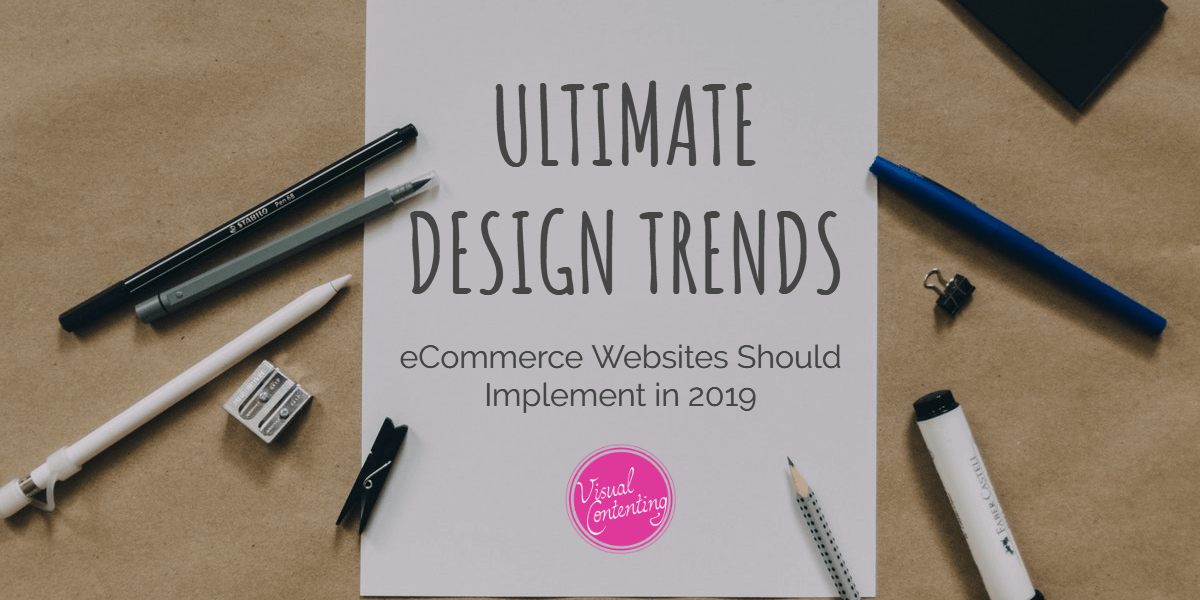

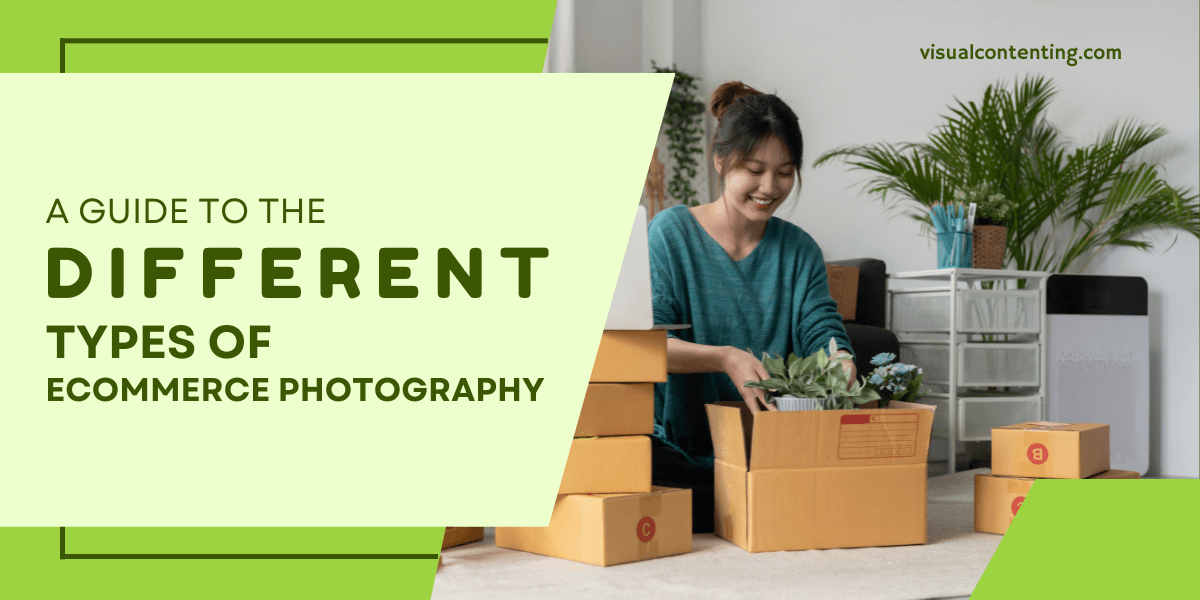
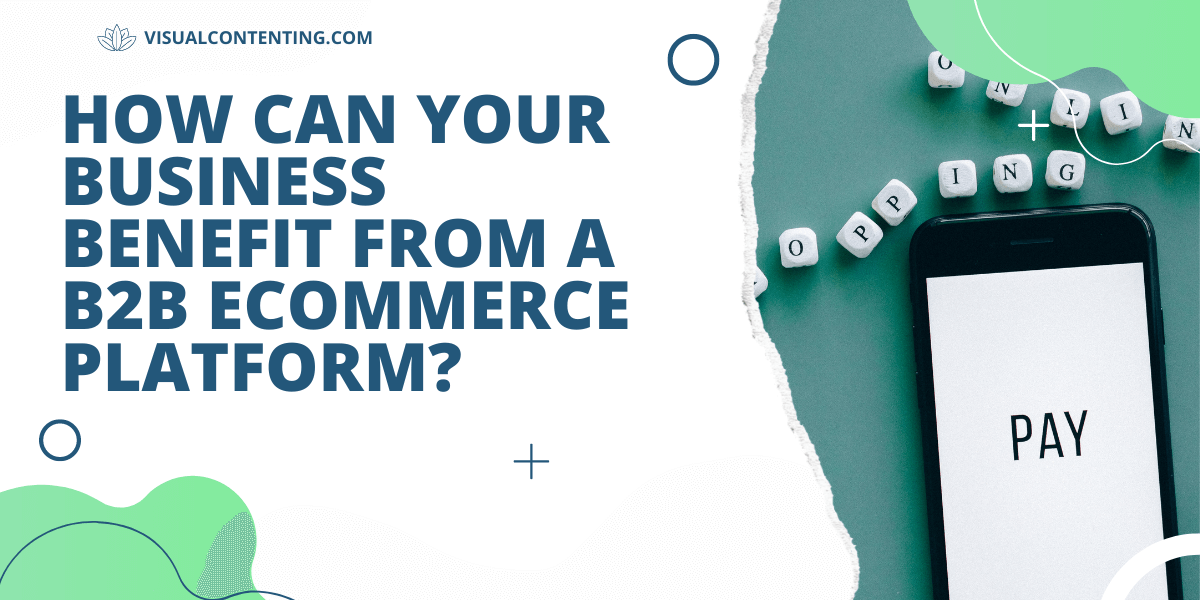
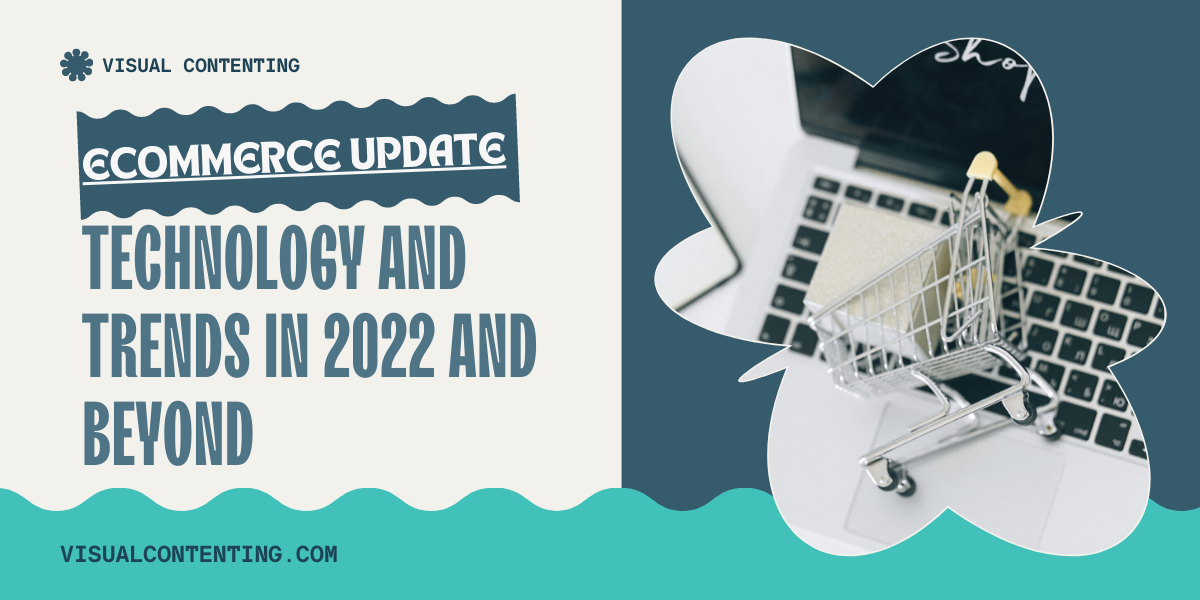
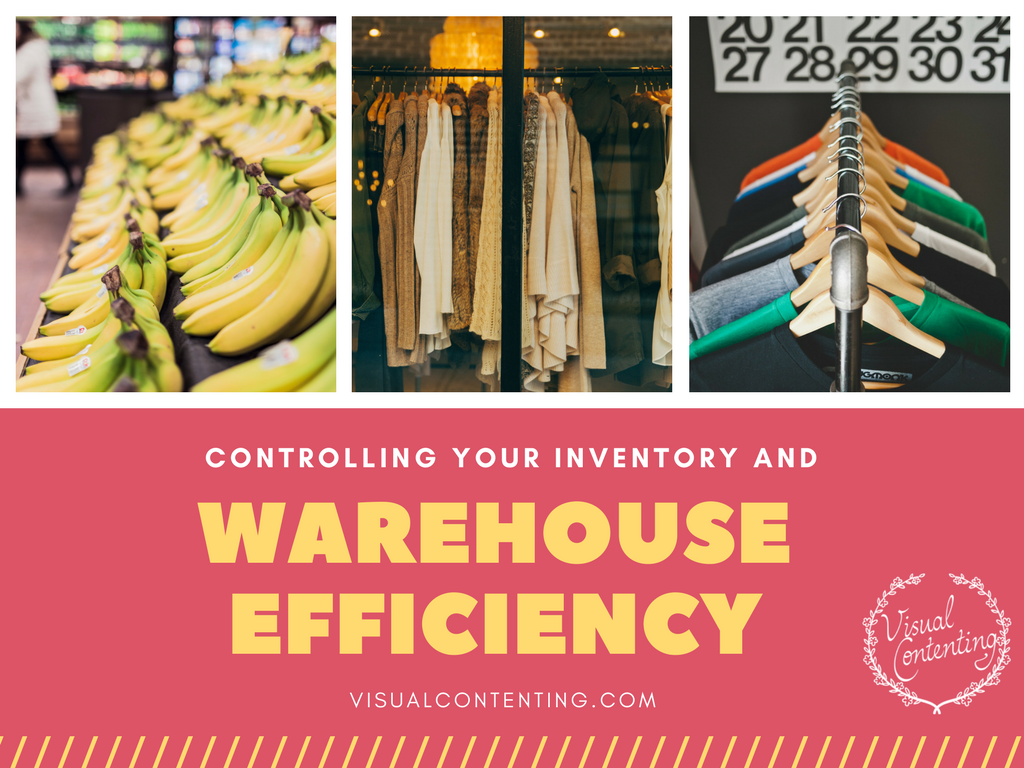
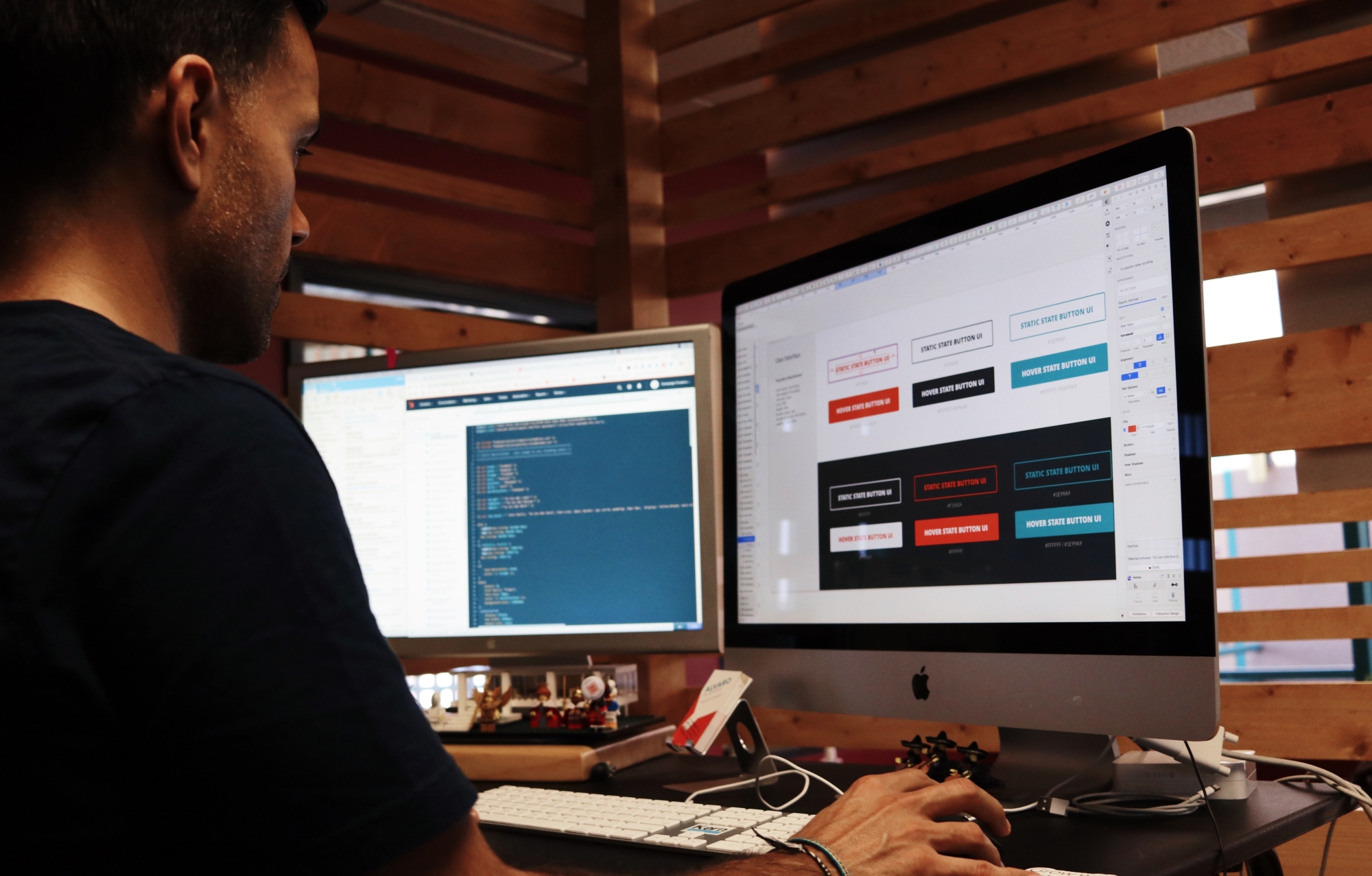
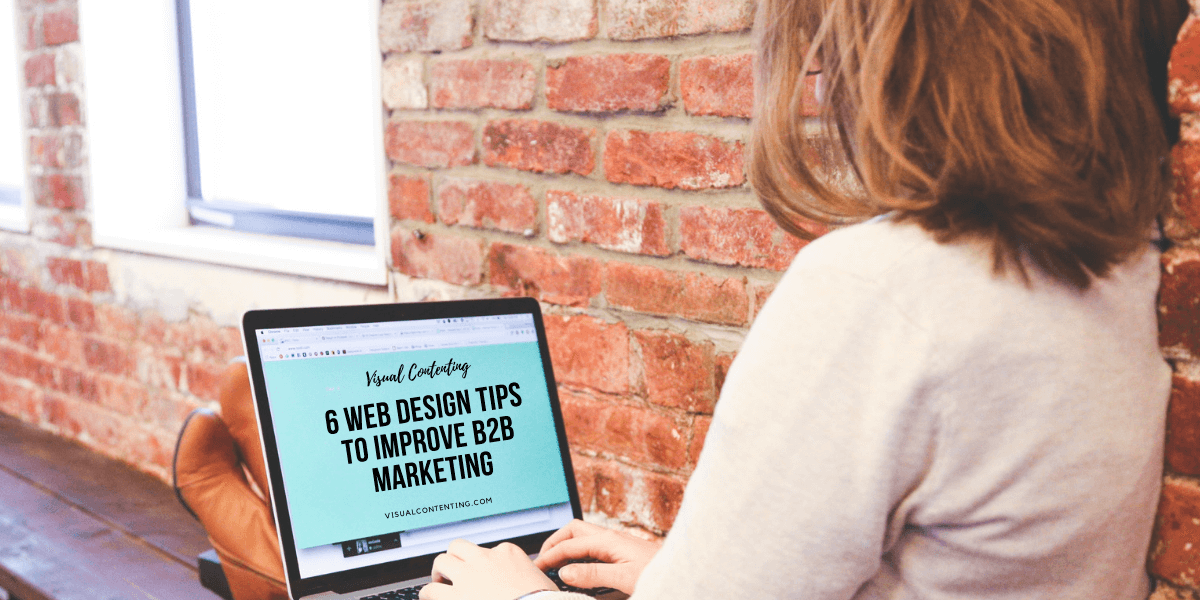
[…] Ultimate Design Trends eCommerce Websites Should Implement in 2019 […]